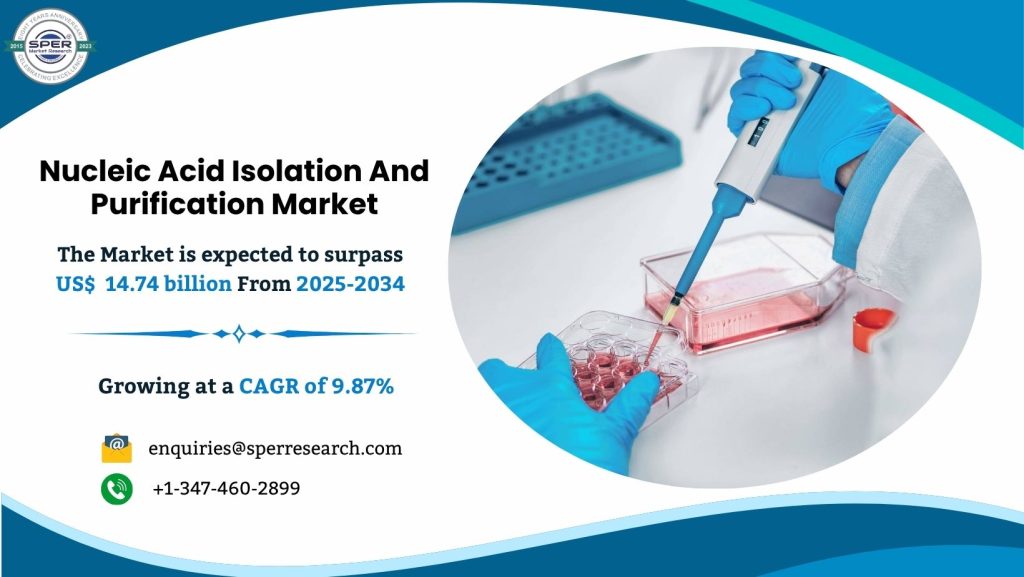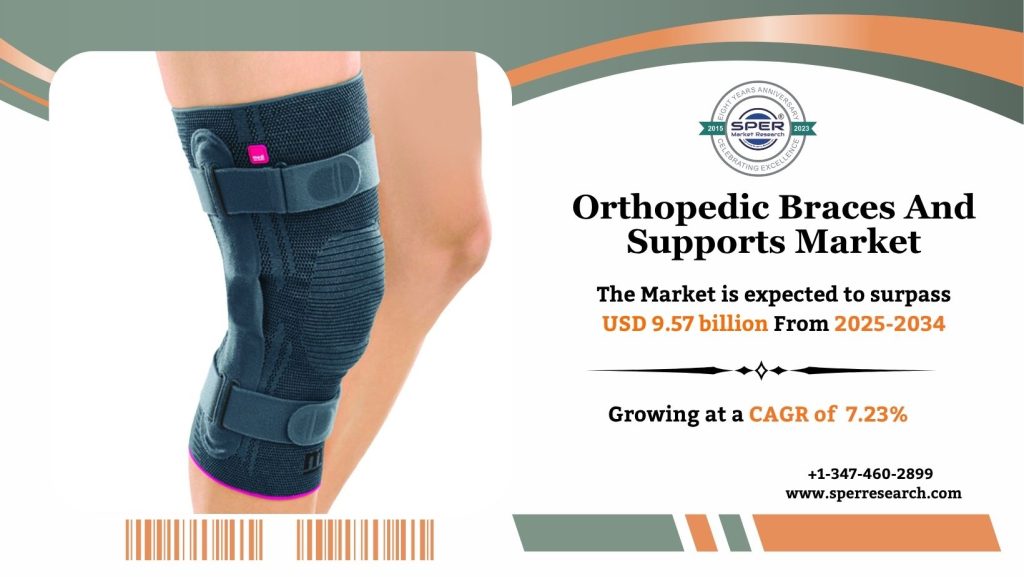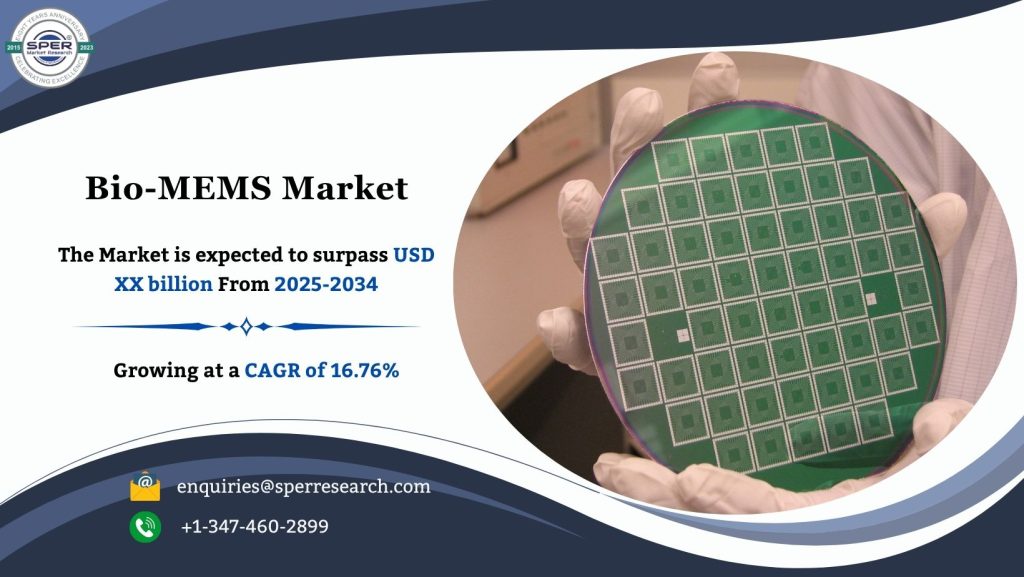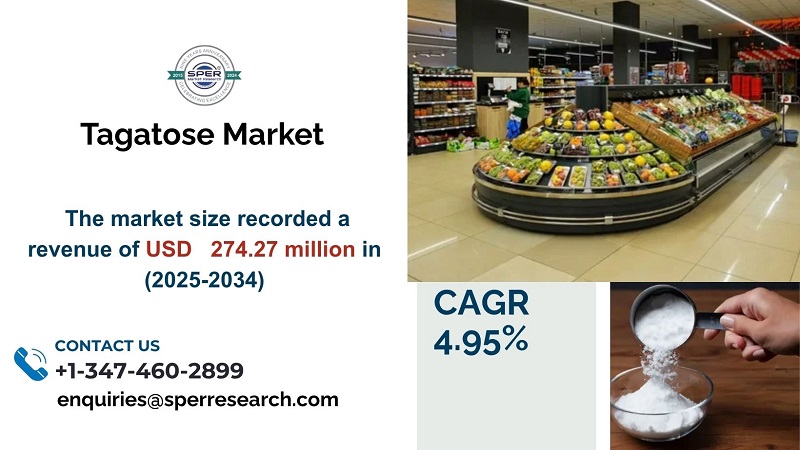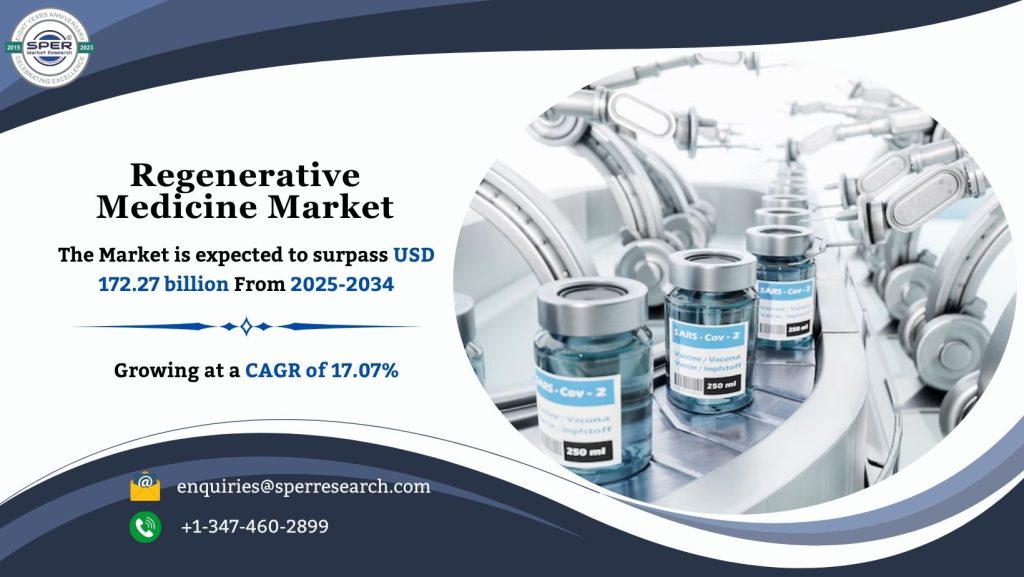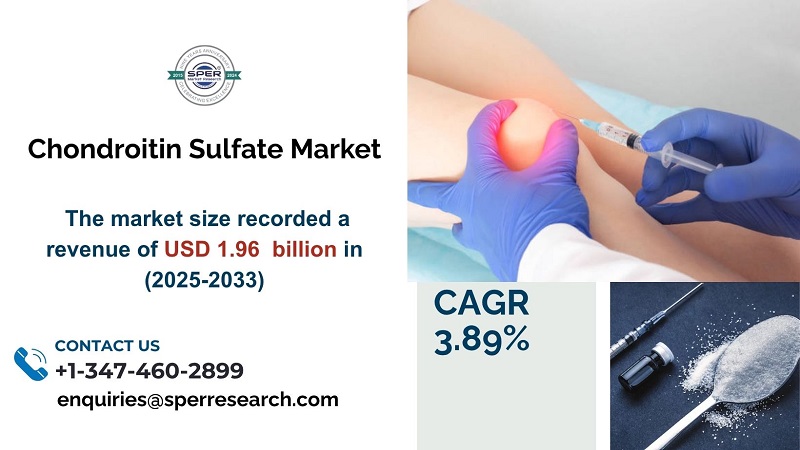Nucleic Acid Isolation and Purification pertains to the procedure of extracting DNA or RNA from biological specimens and eliminating impurities to yield high-quality nucleic acids that are appropriate for subsequent molecular biology applications. This method serves as an essential initial stage in a variety of genetic evaluation processes, including polymerase chain reaction (PCR), sequencing, cloning, and studies on gene expression. The procedure generally consists of lysing cells to release their contents, separating nucleic acids from proteins and other cellular elements, and purifying the DNA or RNA using various chemical reagents, enzymatic processes, or solid-phase extraction techniques such as those based on silica columns or magnetic beads. Depending on the type of sample—whether it be blood, tissue, plant matter, or microorganisms—varied protocols.
According to SPER market research, ‘Global Nucleic Acid Isolation and Purification Market Growth, Size, Trends Analysis – By Product, By Type, By Method, By Application, By End Use – Regional Outlook, Competitive Strategies and Segment Forecast to 2034’ state that the Global Nucleic Acid Isolation and Purification Market is estimated to reach USD 14.74 billion by 2034 with a CAGR of 9.87%.
Drivers:
The market for the isolation and purification of nucleic acids is experiencing considerable growth, driven by several important factors. The primary catalyst is the growing need for molecular diagnostics and genetic research. As personalized medicine comes to the forefront, there is an increasing requirement for accurate and efficient nucleic acid extraction techniques to support individualized treatments tailored to genetic profiles. This shift is further intensified by the rising incidence of chronic and infectious diseases, creating a demand for advanced diagnostic tools that depend on superior quality DNA and RNA samples. Technological advancements play a key role in propelling the expansion of the market. The adoption of automation and high-throughput systems has transformed the isolation and purification of nucleic acids, improved efficiencies and minimizing manual errors.
Request a Free Sample Report: https://www.sperresearch.com/report-store/nucleic-acid-isolation-and-purification-market?sample=1
Restraints:
The market for the isolation and purification of nucleic acids faces several significant challenges that may impede its growth and wider acceptance. A key challenge is the elevated cost related to these sophisticated systems. Automated instruments for nucleic acid isolation and purification provide notable benefits in terms of speed and efficiency. Nonetheless, the initial investment and continuous maintenance costs can be quite high. Moreover, premium isolation kits that include specialized enzymes and buffers can be pricey, particularly for laboratories and research institutions with limited resources. This financial barrier can restrict the utilization of these technologies, especially in emerging markets. Another considerable issue is the procedural intricacy. Although automation is making workflows easier, some nucleic acid isolation and purification methods remain complicated.
North America currently leads the market for nucleic acid isolation and purification, largely because of its sophisticated healthcare systems, substantial funding in genomics research, and the existence of prominent biotechnology and pharmaceutical firms. Some of the key market players are Agilent Technologies, Bio-Rad Laboratories Inc., Danaher, F. Hoffmann-La Roche Ltd, Illumina Inc.
The global orthopedic braces and supports market faces several significant challenges that could impede its growth. One primary restraint is the high cost of advanced orthopedic devices, which can limit accessibility for patients, particularly in low- and middle-income countries. Additionally, stringent regulatory approvals increase development time and costs, posing barriers for manufacturers. Unclear reimbursement policies and variations in insurance coverage further impact affordability and patient access to these devices. The market also contends with competition from alternative treatments, such as surgical interventions and minimally invasive procedures, which may be preferred by some patients and healthcare providers. Moreover, the risk of misdiagnosis or improper use of orthopedic devices, especially when used without professional guidance, can lead to ineffective treatment or additional injuries.
The United States dominates the global orthopaedic braces and supports market due to its advanced healthcare infrastructure, high prevalence of musculoskeletal disorders, and significant healthcare expenditure. Some of its key players are- Bauerfeind, BREG Inc, DeRoyal Industries Inc, DJO LLC, Frank Stubbs Company Inc.
For More Information, refer to below link: –
Nucleic Acid Isolation And Purification Market Forecast
Related Reports:
Follow Us –
LinkedIn | Instagram | Facebook | Twitter
Contact Us:
Sara Lopes, Business Consultant — USA
SPER Market Research
enquiries@sperresearch.com
+1–347–460–2899
